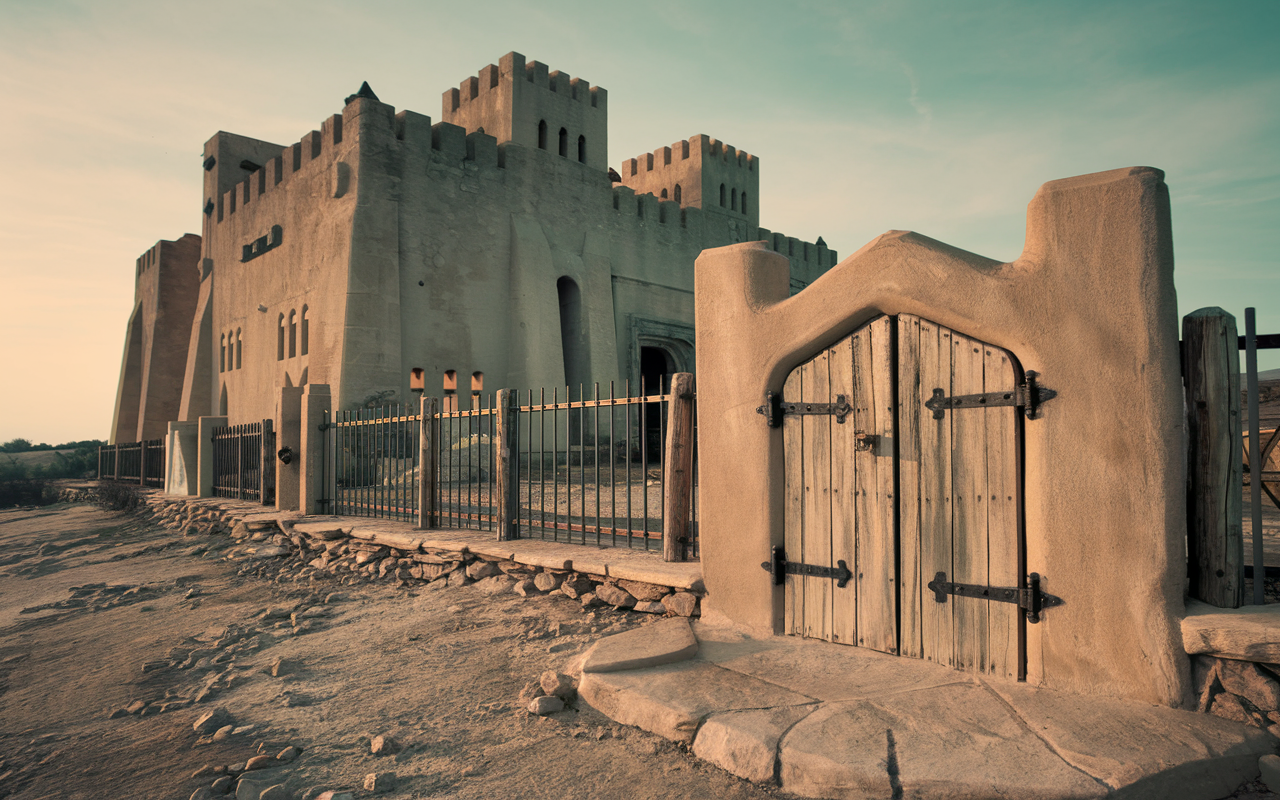The ancient art and tradition of çeciir carry with them stories, skills, and symbolism passed down over centuries. Not only has it held a special place in many communities’ daily lives, but it also serves as a symbol of identity, resilience, and creativity. This article dives into every aspect of çeciir, from its origins and evolution to its modern-day significance and preservation.
Understanding the Meaning of Çeciir
Çeciir is more than an art form; it embodies generations of cultural richness. Traditionally, çeciir involves the creation of detailed patterns and motifs, often reflecting the values, beliefs, and practices of the community that produces them. These designs can be seen on everything from textiles to ceramics and are celebrated for their intricate detail and vibrant colors. Not only does each pattern have aesthetic value, but each element within it holds cultural, spiritual, or social symbolism that connects individuals to their heritage.
The Historical Roots of Çeciir
Tracing back the roots of çeciir leads to a deep understanding of the regions that shaped it. It is believed that the origins of this art form began in regions rich in artisanal crafts, where techniques for creating intricate designs were first developed. These techniques, developed centuries ago, have been preserved with care, reflecting the evolution of the communities. The traditional methods passed down through generations stand as a testament to the resilience and innovation embedded within çeciir.
Unique Techniques and Styles in Çeciir
To understand çeciir fully, examining the various techniques and stylistic elements is essential. Each technique highlights a particular skill set, from fine linework to bold color blocking. In many regions, methods include dyeing, embossing, and weaving, where the process can take weeks or even months. Some of the more well-known styles of çeciir include:
- Geometric Patterns: Symbolize harmony and balance.
- Nature Motifs: Reflect a connection to the environment.
- Abstract Elements: Bring a modern twist to traditional designs.
Each style represents not just an aesthetic choice but also a narrative—where each element connects the past to the present.
Significance of Colors in Çeciir Designs
Color plays a prominent role in çeciir, as it often holds cultural significance. Traditionally, artisans select specific hues to convey different emotions, beliefs, or values. Reds and yellows, for instance, symbolize vitality and energy, while blues and greens represent tranquility and growth. The choice of colors is far from arbitrary; it is a deliberate act to convey deeper meanings within each piece. This thoughtful color selection contributes to the storytelling aspect that makes çeciir designs so captivating.
Çeciir’s Role in Social and Cultural Identity
Throughout history, çeciir has served as more than just decoration. It has been a powerful form of self-expression, embodying personal identity and heritage. In many communities, çeciir patterns are specific to family or regional identity, acting as markers of social and cultural significance. This connection between individual identity and çeciir design strengthens bonds within families and communities, preserving a sense of unity and belonging.
The Evolution of Çeciir in Modern Times
As globalization influences cultural practices worldwide, çeciir too has evolved to meet modern tastes and trends. While traditional çeciir styles are still valued, contemporary artists have incorporated new elements and techniques, blending ancient craftsmanship with modern innovation. The influence of technology has also enabled artisans to experiment with new tools, creating unique pieces that appeal to both local and global audiences.
Çeciir as an Art Form: Techniques and Tools
The craftsmanship behind çeciir requires patience, precision, and an intimate understanding of traditional methods. From the raw materials used to the tools for engraving or weaving, every step in the çeciir-making process is deliberate. Techniques vary based on region and materials but typically involve hand-etching, stamping, or weaving, using tools that have remained unchanged for centuries. This commitment to traditional tools highlights the artisans’ dedication to preserving the authenticity of çeciir.
Çeciir as a Form of Communication
The symbolic language of çeciir extends beyond mere patterns; each design communicates messages of love, strength, or spirituality. By using distinct motifs, artisans often communicate their feelings or personal stories through their creations. For example, a pattern incorporating specific symbols might signify a person’s wishes for peace or good fortune. Thus, çeciir serves as a medium through which artisans and communities express their innermost thoughts and desires.
Impact of Çeciir on Fashion and Design
Today, çeciir has expanded beyond traditional settings to influence various areas, especially fashion and interior design. Designers incorporate çeciir motifs into modern apparel, accessories, and home decor, transforming this ancient art form into a contemporary design statement. The combination of vibrant colors and timeless patterns adds a unique aesthetic that appeals to those seeking authenticity and cultural heritage within their modern lifestyles.
Çeciir’s Role in Festivals and Celebrations
In many communities, çeciir plays a central role in cultural festivals and celebrations, showcasing the creativity and skill of local artisans. These events serve as a platform to display traditional designs and create new patterns that reflect current societal themes. Often, çeciir items created for such occasions carry special meanings and are treasured as keepsakes or family heirlooms.
Modern Efforts to Preserve Çeciir
As traditional art forms risk fading with modernization, çeciir preservation has become crucial. Initiatives by cultural organizations and governments support artisans, ensuring that this art form is not lost. Workshops, exhibitions, and cultural events encourage younger generations to engage with çeciir and learn the skills needed to keep this heritage alive.
Global Influence of Çeciir
In recent years, çeciir has garnered international attention, inspiring artists, designers, and collectors worldwide. The global appreciation of çeciir highlights its universal appeal, as its intricate designs and cultural narratives resonate across various cultures. Exhibitions featuring çeciir often draw large audiences, allowing this unique art form to transcend geographic boundaries and promote cross-cultural appreciation.
Challenges Facing Çeciir Artisans Today
While the popularity of çeciir continues to grow, artisans face challenges that threaten its sustainability. Economic pressures, competition from mass-produced goods, and the dwindling interest of younger generations pose risks to the future of çeciir. However, with concerted efforts from both communities and cultural organizations, solutions to these challenges are being explored to ensure that this art form thrives.
How to Support Çeciir Artisans
One of the best ways to preserve çeciir is to support the artisans who create it. Purchasing authentic çeciir items directly from artisans provides financial support and encourages the continuation of this traditional craft. Additionally, attending cultural festivals and exhibitions helps raise awareness and showcases the beauty and complexity of this art form to a wider audience.
The Timeless Appeal of Çeciir
Despite changes over time, çeciir continues to capture the hearts of those who encounter it. Its timeless appeal lies in its ability to convey stories, evoke emotions, and connect people to a cultural legacy. This enduring charm is a testament to the skill and creativity of artisans who, through çeciir, bring history, tradition, and identity to life.
Çeciir in Interior Design
Incorporating çeciir into interior spaces adds a layer of cultural depth and warmth. Many designers appreciate çeciir for its ability to add texture, color, and history to contemporary homes. Whether through patterned textiles, ceramics, or wall art, çeciir brings a touch of authenticity and uniqueness to modern interiors, bridging the gap between traditional craftsmanship and contemporary aesthetics.
Çeciir and Education
Educational programs aimed at teaching çeciir techniques can help ensure this tradition is passed down to future generations. Schools and workshops focused on çeciir arts encourage young people to appreciate their heritage while developing skills that can be applied professionally. By integrating çeciir into art and history curricula, communities foster a greater understanding and respect for this cultural treasure.
Exploring Çeciir’s Place in Art History
Çeciir has made a significant mark on the art historical landscape, with historians studying its evolution and impact on global aesthetics. Recognizing çeciir’s role in art history acknowledges the skill and cultural value it brings. Art historians often explore çeciir alongside other world heritage art forms, emphasizing the unique blend of functionality and artistry that defines it.
The Future of Çeciir: Innovations and Adaptations
As çeciir continues to evolve, artists experiment with new forms and materials, pushing the boundaries of traditional techniques. Digital platforms now allow çeciir artisans to share their work with a global audience, expanding its influence. This intersection of tradition and technology opens up exciting possibilities for çeciir, ensuring that it remains relevant in the modern world.
Conclusion
Çeciir represents more than just an art form; it embodies a living heritage that continues to adapt and inspire. From the vibrant colors and intricate patterns to the cultural stories they convey, çeciir has woven its way into various aspects of life. By preserving this rich tradition, communities can pass on an invaluable cultural legacy to future generations.
FAQs
What is the significance of çeciir in cultural heritage?
- Çeciir serves as a cultural emblem, linking communities to their past and fostering social unity.
How has çeciir evolved in modern times?
- Modern influences have introduced new styles and materials, blending tradition with contemporary appeal.
Why are colors important in çeciir designs?
- Colors convey deeper meanings and emotions, often representing cultural values within each design.
What challenges do çeciir artisans face?
- Artisans face economic pressures, competition from mass production, and a decline in younger artisans.
How can one support çeciir artisans?
- Supporting çeciir artisans involves purchasing authentic items, attending cultural events, and raising awareness.
What role does çeciir play in festivals?
- Çeciir is often showcased during festivals, highlighting traditional craftsmanship and cultural pride.
What impact does globalization have on çeciir?
- Globalization allows for broader exposure, increasing interest and appreciation worldwide.







